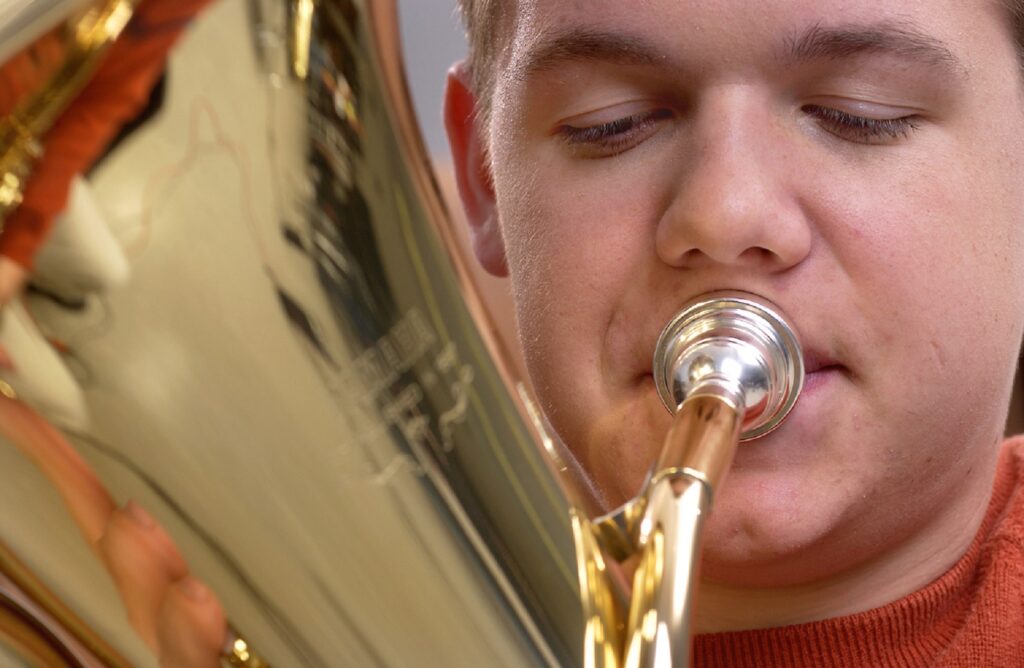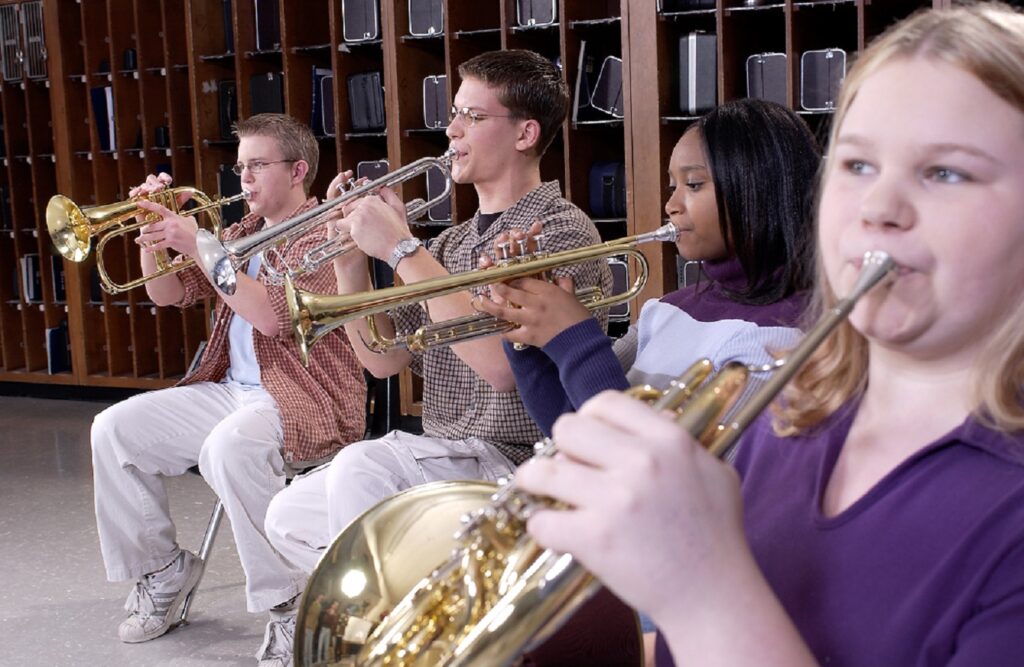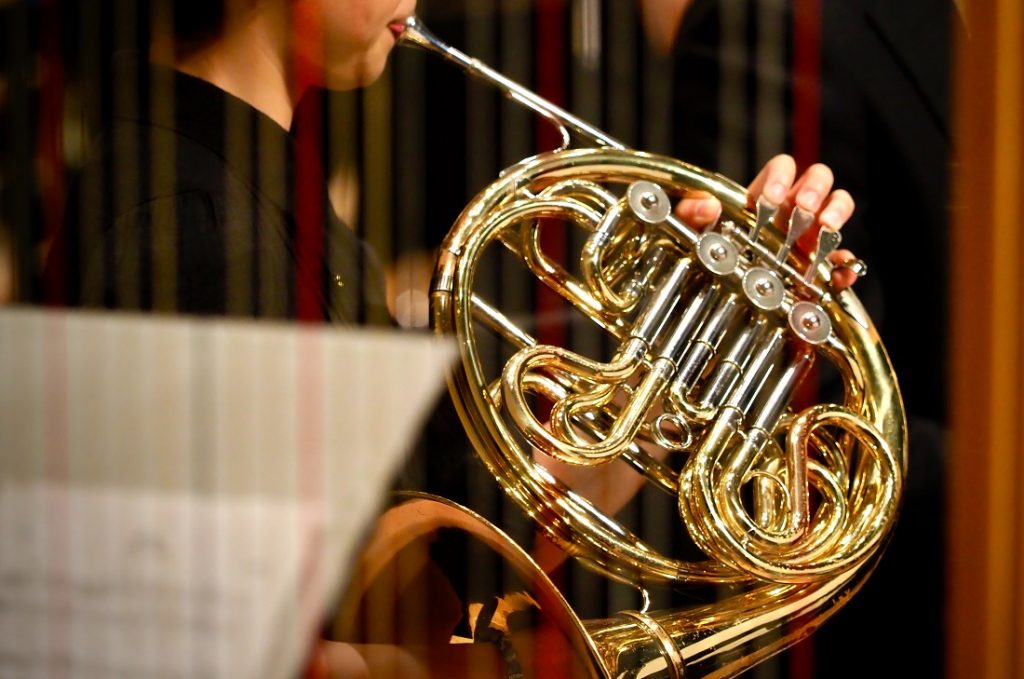How to Choose the Right Mouthpiece
Consider these five tips when selecting a mouthpiece for your winds instrument.
I worked in a music store for many years, and one of the most common requests we’d get from customers was help with picking a mouthpiece. The conversation would often include something like this: “I need a new mouthpiece. I want something that let’s me play higher … and sound really good!”
The conversation continues with the customer saying, “My friend has this mouthpiece that’s awesome. He can hit a (insert impressive note here) with it!”
Any experienced brass player is probably hearing warning bells right about now. Just because someone else has success with a particular mouthpiece doesn’t mean that same mouthpiece is going to work well for you. After all, your jaw is different, your teeth are different, the muscles in your lips and mouth are different, even the texture of your skin and the shape of your nasal cavity are different. All of these things influence how a mouthpiece feels and responds, so what works for someone else may be a terrible choice for you. It’s sort of like trying on shoes — the shoes that a star basketball player wears probably aren’t going to make you jump any higher, assuming they even fit your feet at all!
So how should you go about picking a new mouthpiece? Knowing what someone else is playing can give you a good starting point for your search, but to find the right fit for you there’s really no substitute for simply trying things out. Here are some tips and suggestions that come from my own experience helping hundreds — if not thousands — of players in their quest to find a perfect mouthpiece over the years.
What’s the Most Important Thing You’d Like to Change?
It’s OK to want to play higher and louder and with a good tone, but the truth is you’re probably going to have to compromise at least a little to find the right balance of characteristics. If hitting that D above the staff is what’s really important to you, then go into your search knowing that’s your main goal. Or perhaps you really want to improve your endurance so you’re still playing strong after a two-hour rehearsal, or get a warmer and fuller sound, or find a mouthpiece that helps your flexibility and articulation. Different mouthpieces can assist with all of these things, but if you know what’s most important to you from the start you’ll be able to focus on the right characteristics and find a good fit faster.
Don’t Be Afraid to Try a Few Different Sizes/Models
Trying a range of different sizes to compare differences can be helpful, especially if you’ve only ever played on one mouthpiece before. If you’re fortunate, you’ll be able to work with a music store that has a variety of different mouthpieces available for you to try (and experienced employees to guide you in your search). Even if you don’t have a music store near you, you may be able to try different mouthpieces from other players in your band, or your band director might have a few different sizes you can experiment with. (Just be sure to clean any mouthpieces you borrow — you definitely don’t want to spread germs around!)
Bring Your Instrument and Current Mouthpiece to Compare
This may seem obvious, but you’d be surprised how many people go shopping for a new mouthpiece and leave their instrument at home! Sure, you can borrow a horn, but how will you know if what you’re feeling/hearing is because of the new mouthpiece or because of the instrument? Also, if you have your current mouthpiece with you, you can quickly compare the new against the old so you don’t have to rely on memory (“I think that feels better, but I’m not really sure …”).
Play a Variety of Different Music and Passages
Sure, go ahead and see if you can hit a few screamers, but also play some slow, soft passages as well as something with a lot of moving notes and fast articulations. Have some tough music that you’re working on right now? Bring that along and try playing it, too. Traditional warm-up exercises and études also work well for this. Get a good feel for how the mouthpiece responds in a variety of different situations that reflect what you’re really playing. The “boring” stuff is just as important as the higher, faster, louder stuff.
If in Doubt, Go for Comfort
There may be specific situations where getting a mouthpiece that feels difficult to play might be appropriate (such as if you’re trying to build your endurance, or if you’ve been using a cheater mouthpiece and need to fix your embouchure). However, choosing the mouthpiece that feels the most comfortable for your style of playing is usually a safe bet, which makes it even more important to try mouthpieces using your own instrument with real music that you actually play. After all, squeaking out an extra note or two doesn’t matter if you’re worn out in just five minutes!
Listen to Your Private Teacher or Coach
Maybe this should be higher on the list, but I’m putting it last for emphasis. If you have a private teacher, or are working with a coach, listen to what he or she suggests. If your teacher is available to assist you with the actual mouthpiece tryout process, that’s even better! Private instructors are going to have a tremendous amount of knowledge and insight into how you play, and they may make recommendations to correct a specific issue or guide you toward a particular sound. Don’t second-guess what they tell you just because you read something different on the internet!
Remember, it’s fine to use other people’s opinions and experiences as a starting point in your search, but ultimately, the mouthpiece needs to fit you!















